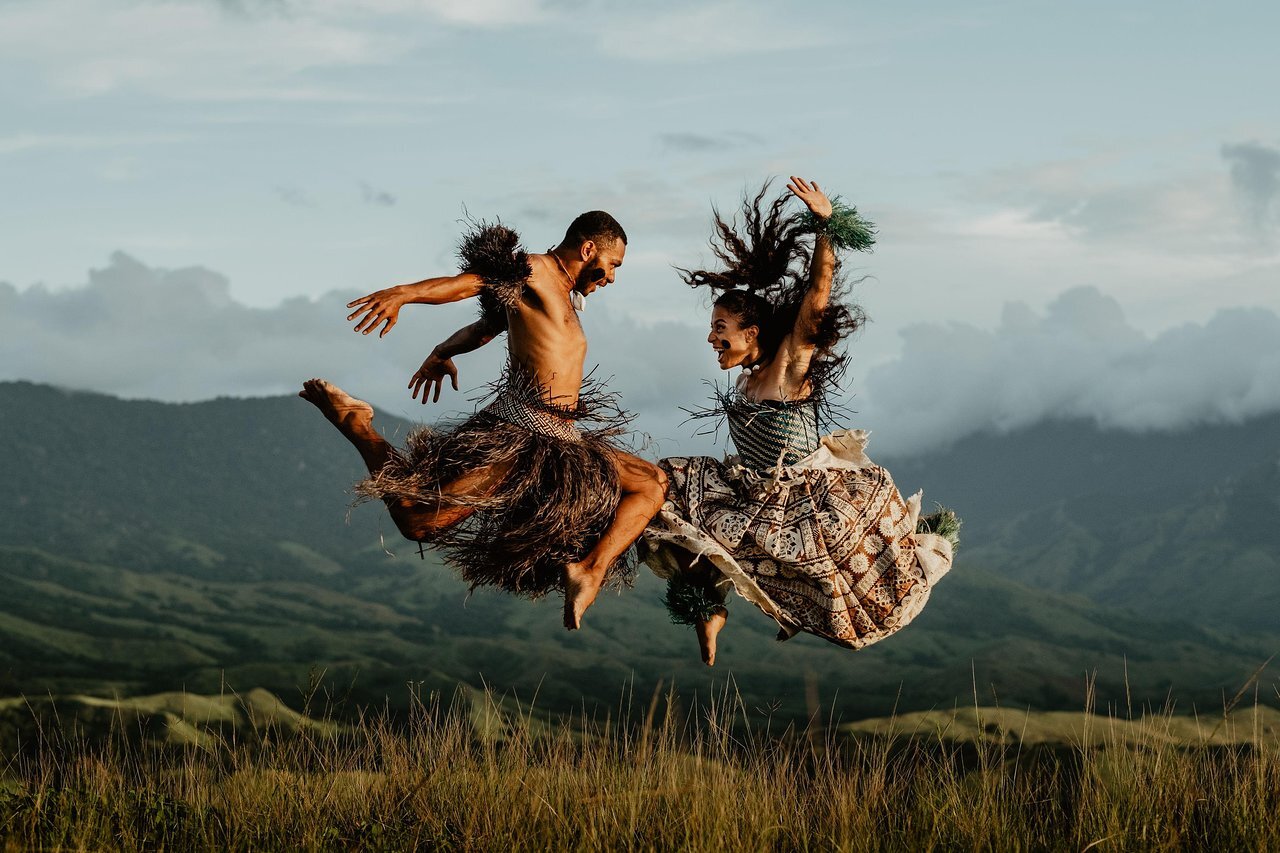The Hidden Stories Behind Cannibalism In Fiji

Cannibalism in Fiji often sparks curiosity and chills. This practice, now long gone, played a significant role in Fijian history and culture. Why did it happen? What drove people to such extremes? Understanding the history of cannibalism in Fiji involves diving into the island's past, where tribal warfare and rituals were common. Chiefs and warriors believed consuming their enemies' flesh would transfer strength and courage. This belief system, combined with a lack of resources, made cannibalism a survival tactic. Today, Fiji embraces its rich heritage while leaving these dark chapters behind. Let's explore the hidden stories behind this eerie tradition.
The Dark History of Cannibalism in Fiji
Fiji, a paradise known for its stunning beaches and vibrant culture, hides a darker past. Cannibalism, once a significant part of Fijian society, played a crucial role in their history and traditions. Let's uncover the hidden stories behind this chilling practice.
The Origins of Cannibalism in Fiji
Cannibalism in Fiji wasn't just about survival; it was deeply rooted in their culture and beliefs. Understanding its origins helps us grasp why it became so prevalent.
Spiritual Beliefs: Fijians believed consuming their enemies' flesh would transfer their strength and bravery to the eater. This practice was a way to honor the gods and ancestors.
Rituals and Ceremonies: Cannibalism was often part of elaborate rituals and ceremonies. These events were significant in marking victories in battle or important societal milestones.
Power and Control: Chiefs and warriors used cannibalism to instill fear and maintain control over their people. It was a symbol of power and dominance.
Famous Cannibal Sites in Fiji
Several locations in Fiji are infamous for their cannibalistic history. Visiting these sites offers a glimpse into the past and the cultural significance of this practice.
Nabutautau Village: This village is known for the tragic story of Reverend Thomas Baker, a missionary who was killed and eaten by the villagers in 1867. His death marked a turning point in Fijian history.
Navala Village: Nestled in the highlands, Navala is one of the last traditional Fijian villages. It offers insights into the ancient customs and practices, including cannibalism.
Sigatoka Sand Dunes: These dunes are an archaeological treasure trove, revealing artifacts and remains that provide evidence of cannibalistic practices in ancient Fiji.
The End of Cannibalism in Fiji
The practice of cannibalism eventually came to an end, thanks to various factors that influenced Fijian society.
Missionary Influence: Christian missionaries played a significant role in ending cannibalism. They introduced new religious beliefs and practices that condemned the act.
Colonial Rule: British colonial rule brought new laws and regulations that prohibited cannibalism. The influence of Western culture also contributed to its decline.
Modernization: As Fiji modernized, traditional practices like cannibalism became less common. Education and exposure to global cultures helped shift societal norms.
Cannibalism in Fijian Folklore
Even though cannibalism is no longer practiced, it remains a part of Fijian folklore and storytelling. These tales keep the history alive and serve as a reminder of the past.
Legend of Udre Udre: Udre Udre, a notorious Fijian chief, is said to have consumed over 800 people. His story is a chilling reminder of the extent of cannibalism in Fiji.
Tales of the Kai Colo: The Kai Colo, or "hill tribes," were known for their fierce warrior culture and cannibalistic practices. Their stories are still told in Fijian villages today.
The Cultural Impact of Cannibalism in Fiji
Cannibalism has left a lasting impact on Fijian culture, influencing various aspects of their society.
Art and Craft: Traditional Fijian art and craft often depict scenes of cannibalism, reflecting its historical significance.
Language: The Fijian language contains words and phrases related to cannibalism, showing how deeply ingrained it was in their culture.
Tourism: Today, the history of cannibalism attracts tourists interested in learning about Fiji's past. Museums and cultural centers offer exhibits and information on this dark chapter.
Understanding the hidden stories behind cannibalism in Fiji provides a deeper appreciation for the country's rich and complex history. While it may be a dark part of their past, it has shaped the vibrant culture that Fiji is known for today.
Understanding Fiji's Complex History
Cannibalism in Fiji wasn't just about survival. It was deeply tied to cultural beliefs and rituals. These practices were part of a complex social structure that included warfare, religion, and power dynamics. While it may seem shocking today, it was a norm for Fijians centuries ago.
Missionaries and colonial influences played a significant role in ending these practices. They introduced new beliefs and systems that gradually replaced the old ways. Today, Fiji is known for its beautiful landscapes and friendly people, not its dark past.
Understanding this history helps us appreciate how far Fiji has come. It also reminds us that every culture has its own unique journey. Next time you visit Fiji, remember the rich history that shaped this beautiful island nation.

